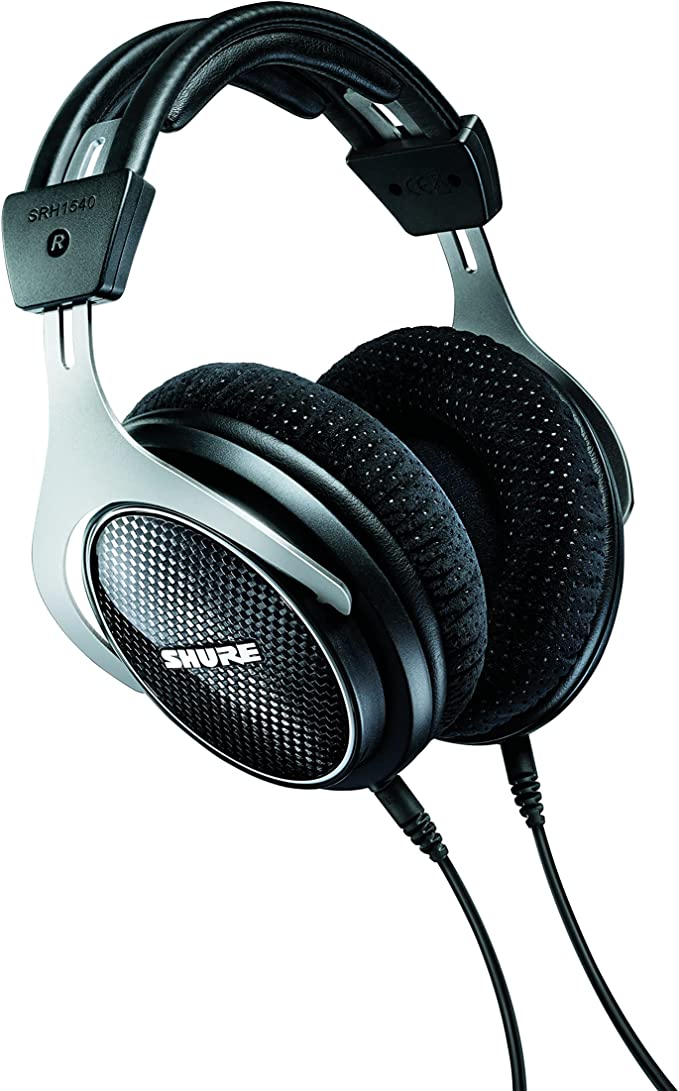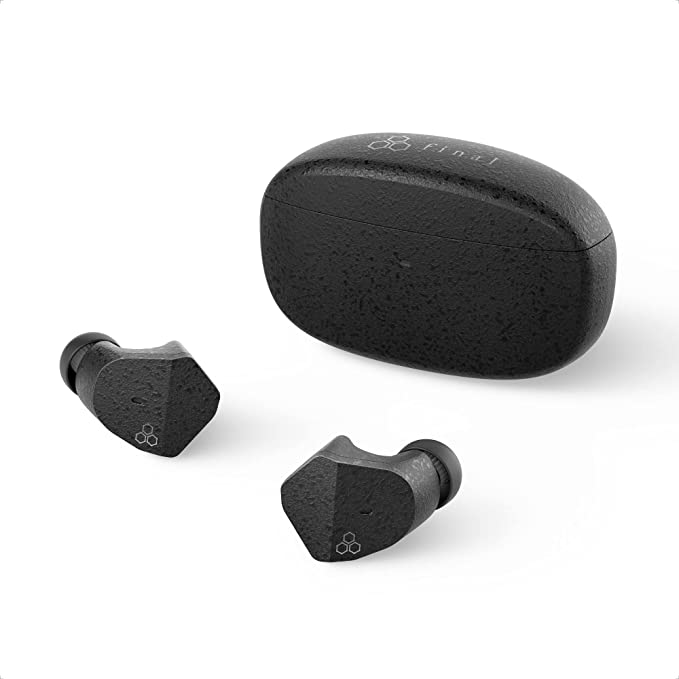Sennheiser PMX 684i Fitness Workout Sports Earbuds : A Lightweight Sports Earbud that Packs a Punch
Update on June 28, 2025, 8:14 a.m.
In the modern theater of technology, we’ve grown accustomed to a particular kind of spectacle: the duel between a problem and its increasingly complex electronic solution. Need to cancel noise? Deploy an army of microphones and processors. Want to track your run? Embed a GPS chip and a suite of sensors. It’s a battle of pixels and algorithms. But sometimes, lost in the digital arms race, we forget the quiet, profound power of the other duelist: pure, unadorned physics. The Sennheiser PMX 684i Fitness Workout Sports Earbuds is a masterclass from this forgotten school of thought—a device that wins its battles not with complex code, but with brilliant engineering and a deep respect for the laws of a physical world.

The Art of Staying Put: A Lesson in Biomechanical Grace
Every runner knows the frustrating micro-drama of the errant earbud. With each jarring footfall, Newton’s First Law of Motion asserts its dominance: an object in motion stays in motion. Your head decelerates, but the earbud, for a fleeting instant, continues its journey, launching itself from your ear into the void. Most modern earbuds fight this with an assortment of silicone wings and fins, essentially trying to brute-force a secure fit. The PMX 684i, however, sidesteps the fight entirely with a design of biomechanical grace.
Its most visible feature, the lightweight neckband, is not merely a component to hold the two earpieces together. It is a suspension bridge for your ears. In engineering, a suspension bridge works by distributing immense loads across a flexible, stable structure. Similarly, the neckband shifts the system’s center of mass away from the unstable pivot point of the ear canal to the back of the neck. This provides critical inertial damping. As your body moves, the forces that would typically dislodge a small, independent bud are absorbed and neutralized by the larger, anchored frame. It’s a solution rooted in the same principles that keep a well-designed building standing in an earthquake, a quiet testament to the idea that understanding a problem is more effective than overpowering it.

The Wisdom of Hearing: Beyond the Digital Veil
For any athlete navigating the real world, from a city cyclist to a trail runner, sound is a vital layer of spatial awareness. This creates a paradox: how do you immerse yourself in the motivating pulse of your music without wrapping yourself in a dangerous acoustic cocoon? The digital solution is “transparency mode,” which uses external microphones to capture ambient sound and rebroadcast it into your ear. It works, but it’s an electronic interpretation of reality. The PMX 684i offers a more organic, and arguably superior, physical solution.
Its design tackles a notorious enemy of earbud comfort: the Occlusion Effect. This is the technical term for the uncomfortable, head-in-a-barrel sensation you get when you completely seal your ear canal. It amplifies the internal sounds of your own body—your breathing, your chewing, the thud of your own heartbeat—because the sound waves are trapped and reflected back to your eardrum. The PMX 684i’s earbuds are engineered to sit within the ear but not to create a perfect seal. Think of it not as a solid plug, but as a finely woven acoustic screen door. It allows the directed sound waves from the music to pass through clearly, while simultaneously permitting the crucial, high-frequency ambient sounds of the outside world—a car horn, a shout, the chime of a bicycle bell—to enter your ear naturally and without delay. It’s a passive, elegant system that trusts the human ear’s remarkable ability to filter and focus, providing safety without the slight but perceptible lag and processed quality of its digital counterparts.
An Honest Compromise: The Story of a 140-Year-Old Weak Link
No design is without its trade-offs, and the PMX 684i’s is an honest and ancient one: the vulnerability of its wire, specifically at the 3.5mm plug. User reviews confirm that this is the device’s Achilles’ heel, the point most susceptible to the sudden, violent stress of being snagged on a piece of gym equipment. But to call this a simple flaw is to miss a fascinating story in engineering history.
The 3.5mm plug is the direct descendant of the quarter-inch phone connector, an invention dating back to 1878 for use in telephone switchboards. It was a marvel of reliability designed for one purpose: countless cycles of plugging and unplugging by human hands. It was never intended to withstand the torsional, high-impact stress of modern, mobile life. The point where the thin, flexible cable meets the rigid plug is a textbook example of Stress Concentration—a location where forces naturally accumulate. In material science, this is an inevitability. To make the cable robust enough to be invulnerable would be to make it too thick, heavy, and stiff for comfortable athletic use. The PMX 684i’s design, therefore, represents a conscious choice: prioritizing lightweight flexibility for the 99% of its use, while acknowledging the inherent vulnerability of its historical connector.
The Confidence of Simplicity
To hold the Sennheiser PMX 684i is to hold a piece of focused design philosophy. It doesn’t have an app. It doesn’t need firmware updates. It won’t read your text messages to you. Its “smart” remote is a simple, tactile interface of buttons. In a world of ever-expanding feature lists, it is defiantly, confidently simple. It sets out to solve three core problems for an athlete—stability, situational awareness, and reliability—and it does so by employing the timeless, immutable laws of physics.
In an age where we are tethered to charging cables and software ecosystems, there is a profound freedom in a tool that just works, powered by a simple analog signal. The PMX 684i is a reminder that the most intelligent design isn’t always the one with the most processing power, but the one with the deepest understanding of its purpose. It is the quiet triumph of physics over pixels.



























































